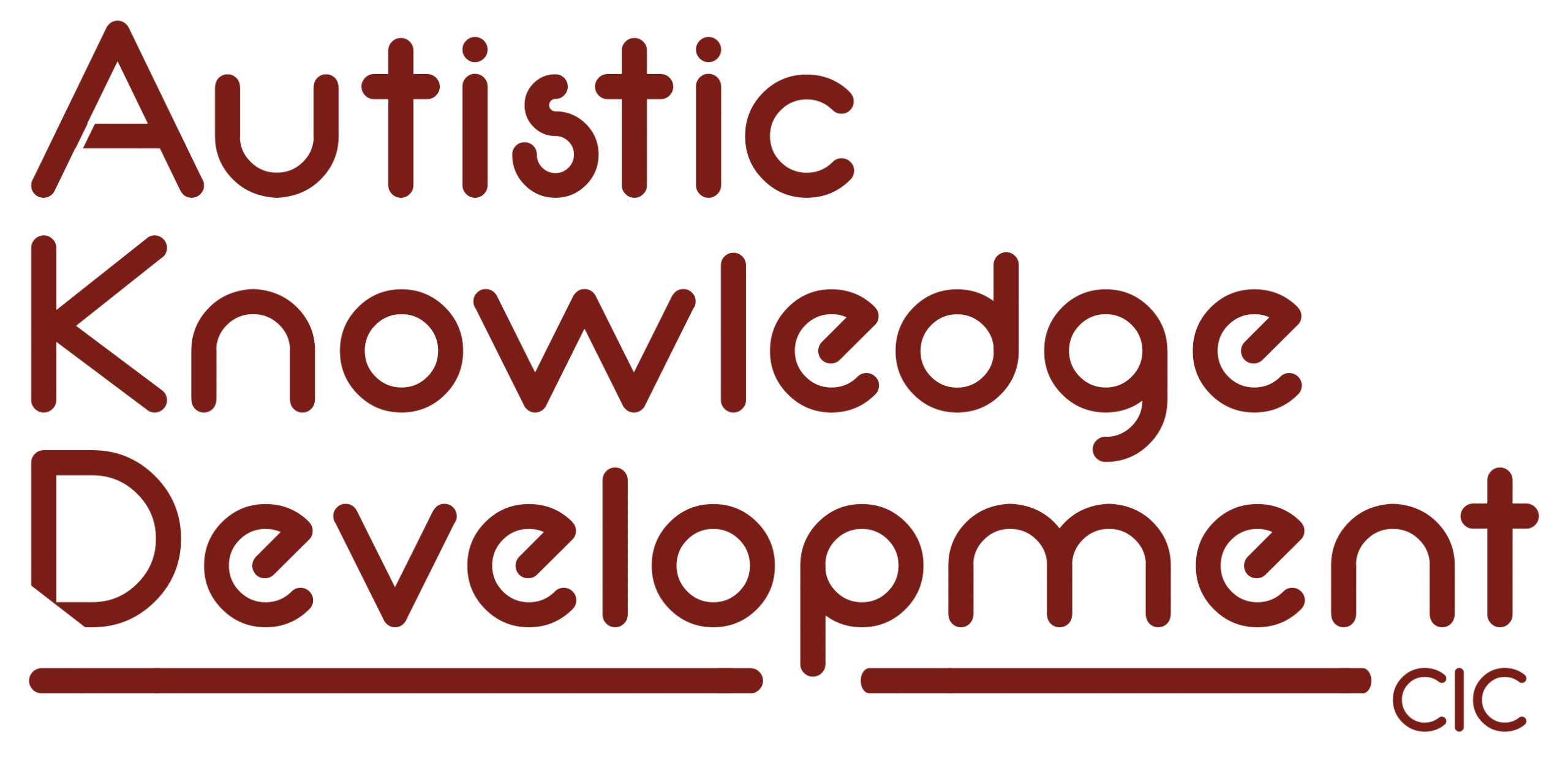Autistic Relationships and Communication:
A Guide for Autistic Adults
Part of the Embrace Autism Resource Series
Summary
This guide explores how autistic people experience relationships and communication. It challenges stereotypes, affirms diverse social needs and preferences, and shares practical insights for connecting in ways that feel safe and authentic.
Whether youm are seeking meaningful friendships, navigating family dynamics, or simply reflecting on your social identity, this guide offers neuro-affirming, autistic-led perspectives.
Guide Menu
On this page
-
- Introduction
- Myths About Autistic Relationships & Communication
- Social Connection & Authenticity
- Coping, Masking & Social Burnout
- Redefining ‘Normal’ Social Lives
- Healthy Communication Styles
- Accommodating Different Preferences
- Practical Examples & Reflections
- Key Takeaways
- Watch the Embrace Autism Video: Autistic Relationships & Communication
- Get in Touch
1. Introduction
This guide explores autistic relationships and communication through a neuro-affirming lens. It is based on a video in the Embrace Autism series, created by Autistic Knowledge Development.
The Embrace Autism programme supports autistic adults in Scotland who are exploring their identity after learning they are autistic.
2. Myths About Autistic Relationships & Communication
Many stereotypes exist about autistic people and our social lives. Here are a few we’d like to challenge:
Myth |
Reality |
| Autistic people do not want relationships. | Some of us do, some of us do not, just like everyone else. |
| Autistic people do not like socialising | Many of us do enjoy socialising, especially in the right settings. |
It is important to affirm: both desiring connecting and preferring solitude are valid.
As human beings, we are hard-wired for social connection. But how we connect may look different.
3. Social Connection & Authenticity
Some autistic people discover—especially post-diagnosis—that they actually do enjoy socialising…
But there is a caveat: it has to be in authentic spaces where I do not have to mask.
Socialising often feels easier when we can:
-
- Be around other autistic people
- Avoid power dynamics and mind games
- Engage without alcohol or forced small talk
4. Coping, Masking & Social Burnout
Masking is a common experience in social situations. For many of us, that includes using alcohol or scripted behaviours to cope.
Coping Mechanism |
Root Issue |
| Drinking to get through events | Anxiety, sensory overwhelm, masking |
Over time, masking can lead to burnout, addiction, or emotional exhaustion.
Many late-identified autistic people have used unhealthy coping mechanisms just to get through socialising.
5. Redefining ‘Normal’ Social Lives
One of the most affirming parts of connecting with other autistic people is realising we do not have to follow neurotypical social rules.
I do not need a huge number of friends to feel fulfilled.
Some of us thrive with:
-
- One or two close friends
-
- Infrequent but meaningful contact
-
- Text-based or asynchronous connection
Others prefer more frequent interaction. Both are ok.
Your version of a happy, healthy social life might look sparse to someone else, but that does not mean it is wrong.
6. Healthy Communication Styles
There is no one right way to communicate. What works for you might be different from what works for someone else – and that is ok. Some examples of communication preferences include:
-
- Preferring written communication over speaking
-
- Choosing not to speak every day (and not needing to explain why)
-
- Finding small talk difficult, but enjoying deep or focused conversations
-
- Needing more time to process before replying
-
- Communicating in a more direct, honest, or literal way
-
- Avoiding eye contact while still being fully engaged
What matters most is that your way of communicating feels safe and comfortable.
Healthy communication means:
-
- Being clear about your own needs and preferences
-
- Respecting that others may have different styles
-
- Not forcing yourself to mask or meet expectations that drain you
-
- Being open to learning how others prefer to communicate
7. Accommodating Different Preferences
Communication varies. Some people may:
-
- Prefer to talk while walking or driving
-
- Communicate more easily via text
-
- Choose whether or not to have cameras on in video calls
It is fine to decide your preference day by day.
Being open to different modes of communication makes space for everyone.
8. Practical Examples & Reflections
Things that help autistic communication:
-
- Text chats without pressure to respond instantly
-
- Group spaces where masking is not needed
-
- People who wait patiently instead of finishing your sentences
-
- Being asked: “What is the best way for you to talk today?”
Things to Reflect On
-
- What does your ideal version of friendship look like?
-
- When do you feel most like yourself in conversations?
-
- What helps you feel heard and respected?
-
- Are there autistic people or communities you’d like to connect with?
Being open to different modes of communication makes space for everyone.
9. Key Takeaways
-
- Autistic people can and do want relationships – just like anyone else.
-
- Socialising might look different for autistic people, and that is ok.
-
- You do not need lots of friends or constant interaction to have a fulfilling social life.
-
- Authentic spaces where you do not need to mask are important for meaningful connection.
-
- Communication styles vary – what matters is mutual respect and understanding.
-
- It is ok to prefer different ways of communicating (text, voice, in-person, or none at all).
-
- Healthy relationships are built on honesty and willingness to meet each other halfway.
10. Watch the Embrace Autism Video: Autistic Relationships & Communication
Get In Touch
Fill out the form to reach out, ask a question, or let us know you are interested in joining the Embrace Autism Programme.
We are here for autistic adults in Scotland seeking support, community, and understanding.


